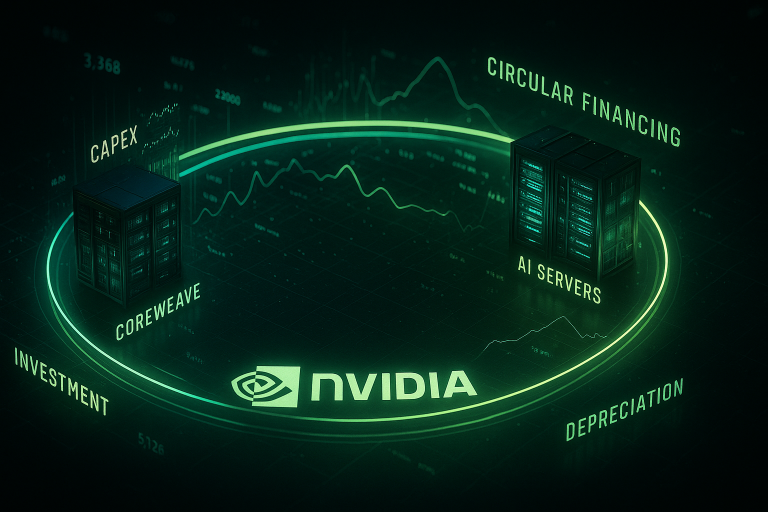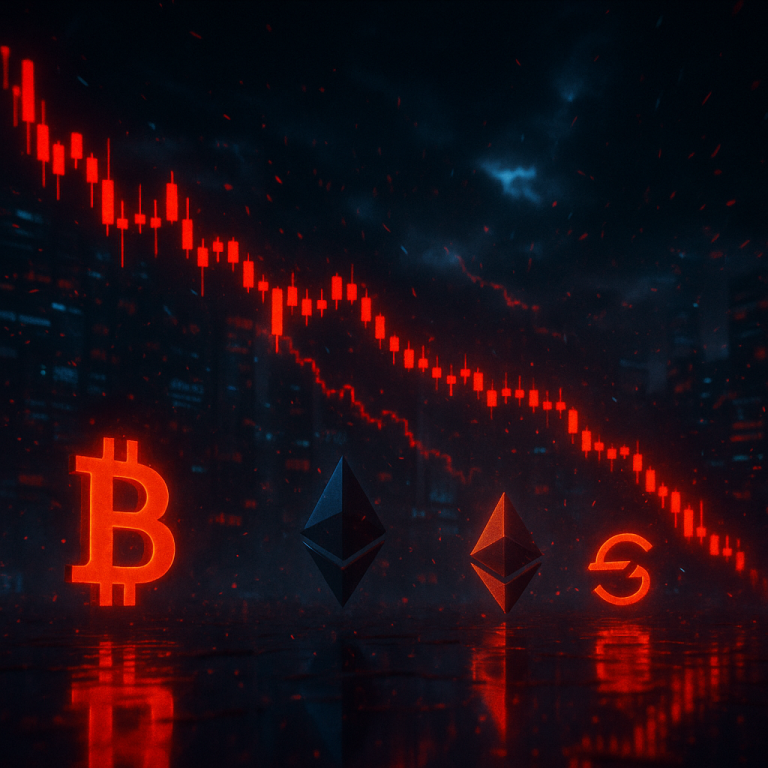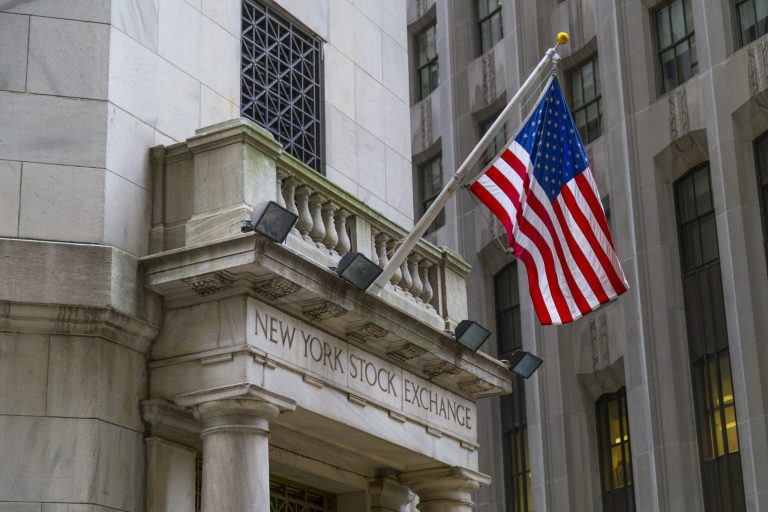The DocuSign stock price retreated by over 6% after the market closed on Thursday, following the release of its third-quarter financial results. It fell to $66.50, down from the regular session high of $72.35, and 35% below its highest level in December last year.
DocuSign growth has stalled
DocuSign, a company that thrived during the pandemic, has come under pressure in the past few years as competition in the industry has escalated. This competition is coming from companies like Dropbox, PandaDoc, Google, and Zoho Sign.
As a result, while the company is growing, the pace has deteriorated in the past few years. Financial results released on Thursday showed that its revenue rose by 8% in the third quarter to $818 million, with most of this being in the subscription segment.
DocuSign’s billings rose by 10% to $829 million, while its gross margin dropped a bit to 79.2%.
The management expects that its revenue growth will remain in the single digits, with the fourth quarter revenue coming in at between $825 million and $829 million, representing a 7% annual growth rate.
DocuSign’s billings are expected to come in at between $808 million and $812 million, a 7% increase from the same period last year, and lower than last quarter’s.
Most importantly, DocuSign expects that its annual revenue will be between $3.20 billion and $3.212 billion, while its billings will be between $3.37 billion and $3.39 billion.
These estimates were slightly better than what Wall Street analysts expect. Data compiled by Yahoo Finance shows that the average estimate is that its revenue will be $3.19 billion. DocuSign has a long history of beating analysts’ estimates.
However, the risk is that the company’s annual revenue for next year is expected to continue the deceleration pace, with the average estimate being a 6.95% growth rate.
DOCU’s rule-of-40 shows it is overvalued
With DocuSign’s growth slowing, the management has turned to several strategies to boost the stock price. For example, the management is now actively buying back shares, a move that has brought its outstanding share count to 201.10 million, down from 205.32 million last year.
The share buybacks continued in the last quarter when the management repurchased stocks worth over $215 million, a big increase from the $172.7 million it bought in the same period last year.
Data compiled by SeekingAlpha shows that the company has a forward price-to-earnings ratio of 19, much lower than the five-year average of 62.
However, the company’s rule-of-40 multiple, which is a common approach used to value companies in the SaaS industry, shows that it is not a cheap company. Its forward growth rate is 7.5%, while its EBITDA and net income margins are at 9.65% and 9.08%. This gives it a rule-of-40 metric of less than 20%, much lower than the ideal 40%.
DocuSign stock price technical analysis
The daily timeframe chart shows that the DOCU stock price has been in a strong downward trend this year. It dropped from the November high of $107.75 to the current $71.
DOCU has stalled at the 61.8 Fibonacci Retracement level at $71.45 and has formed a descending channel.
It remains below the 50-day and 100-day Exponential Moving Averages (EMA), a sign that bears remain in control for now
Therefore, the most likely outlook is where it continues falling, with the next key target being at $63.77, its lowest level this year and the lower side of the channel. A drop below that level will point to more downside, potentially to the support at $60.
The post DocuSign stock falls after earnings as Rule-of-40 flags overvaluation appeared first on Invezz










